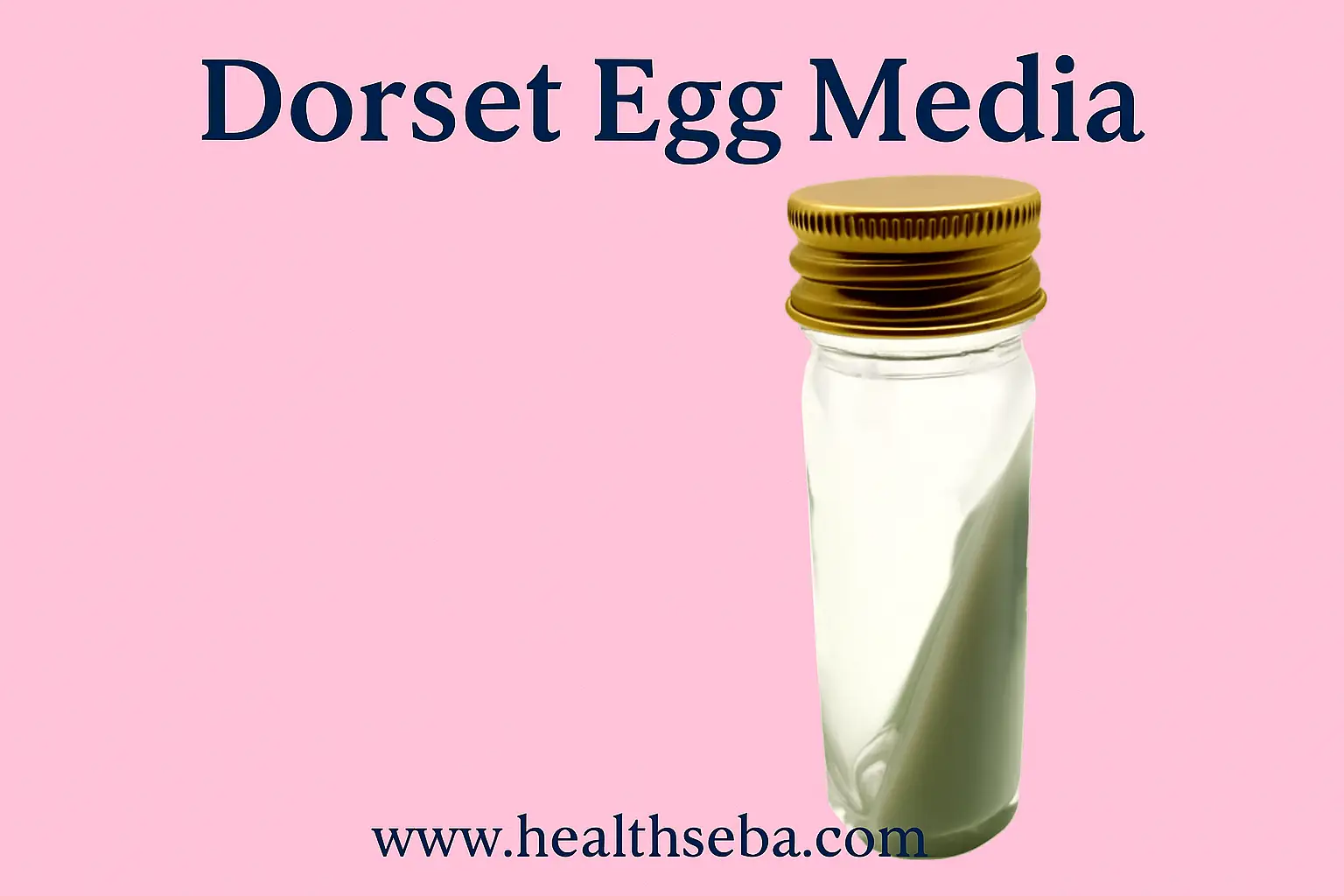Introduction
Transport media are specially designed media used to preserve the viability of microorganisms during transport from the site of collection to the laboratory without allowing their multiplication. They prevent the death of pathogens due to drying, pH changes, or exposure to oxygen.They are especially useful when immediate inoculation is not possible.
Characteristics of an Ideal Transport Medium
Prevents drying (desiccation) of the specimen
Maintains viability of organisms without multiplication
Inhibits overgrowth of commensals
Maintains specimen pH
Easy to prepare and sterilize
Non-nutritive
Types of Transport Media
General Purpose Transport Media
Used for a wide range of bacteria
Example: Stuart’s medium, Amies medium
Specialized Transport Media
Designed for specific organisms
Examples:
Cary-Blair medium → Enteric pathogens (Salmonella, Shigella, Vibrio, Campylobacter)
Venkatraman–Ramkrishnan medium (VR medium) → Vibrio cholerae
Sach’s buffered glycerol saline → Dysentery bacilli (Shigella), but not for S. dysenteriae type 1
Throat swab transport media → For Neisseria spp. and Corynebacterium diphtheriae
Composition & pH
Sodium glycerophosphate → Buffer
Sodium thioglycollate → Reducing agent, prevents oxidation
Agar → Provides semi-solid consistency
Methylene blue → Indicator of oxidation
Distilled water
pH: ~7.4
Principle of Transport Media
Non-nutritive → Prevents bacterial multiplication
Buffering system → Maintains stable pH
Reducing substances (thioglycollate, charcoal) → Protect organisms from oxygen/free radicals
Semisolid consistency → Prevents drying and maintains viability
Sterilization
Prepared medium is sterilized by autoclaving at 121°C for 15 minutes (where applicable).
Some specialized media are sterilized by tyndallization or filtration if heat-sensitive components are present.
Preparation
Suspend dehydrated medium in distilled water.
Heat gently until dissolved.
Dispense into transport vials.
Sterilize by autoclaving.
Store at 2–8°C.
Uses of Transport Media
Stuart’s Medium → Neisseria gonorrhoeae, Haemophilus influenzae, Streptococcus pneumoniae
Amies Medium (with charcoal) → Neisseria spp. (charcoal absorbs fatty acids that are toxic)
Cary-Blair Medium → Enteric pathogens (Salmonella, Shigella, Vibrio, Campylobacter)
Venkatraman–Ramkrishnan (VR) Medium → Vibrio cholerae
Buffered Glycerol Saline → Dysentery bacilli (Shigella)
Special blood culture bottles → Anaerobes and fastidious organisms
Limitations
Does not allow long-term storage (only short transport).
Improper temperature may kill sensitive organisms (Neisseria gonorrhoeae).
Certain pathogens require enriched media immediately (e.g., Mycobacterium tuberculosis).
Conclusion
Transport media play a critical role in diagnostic microbiology by ensuring the survival of microorganisms during transport. Different media are designed for different pathogens—Stuart’s and Amies for general use, Cary-Blair for enteric pathogens, and specialized ones like VR medium for Vibrio cholerae.
Related Posts

Diabetes Important Facts
Introduction Many misconceptions about diabetes confuse people. These myths often…

Thyroid Causes Hair loss
Introduction Thyroid causes hair loss when hormonal imbalance disrupts the…